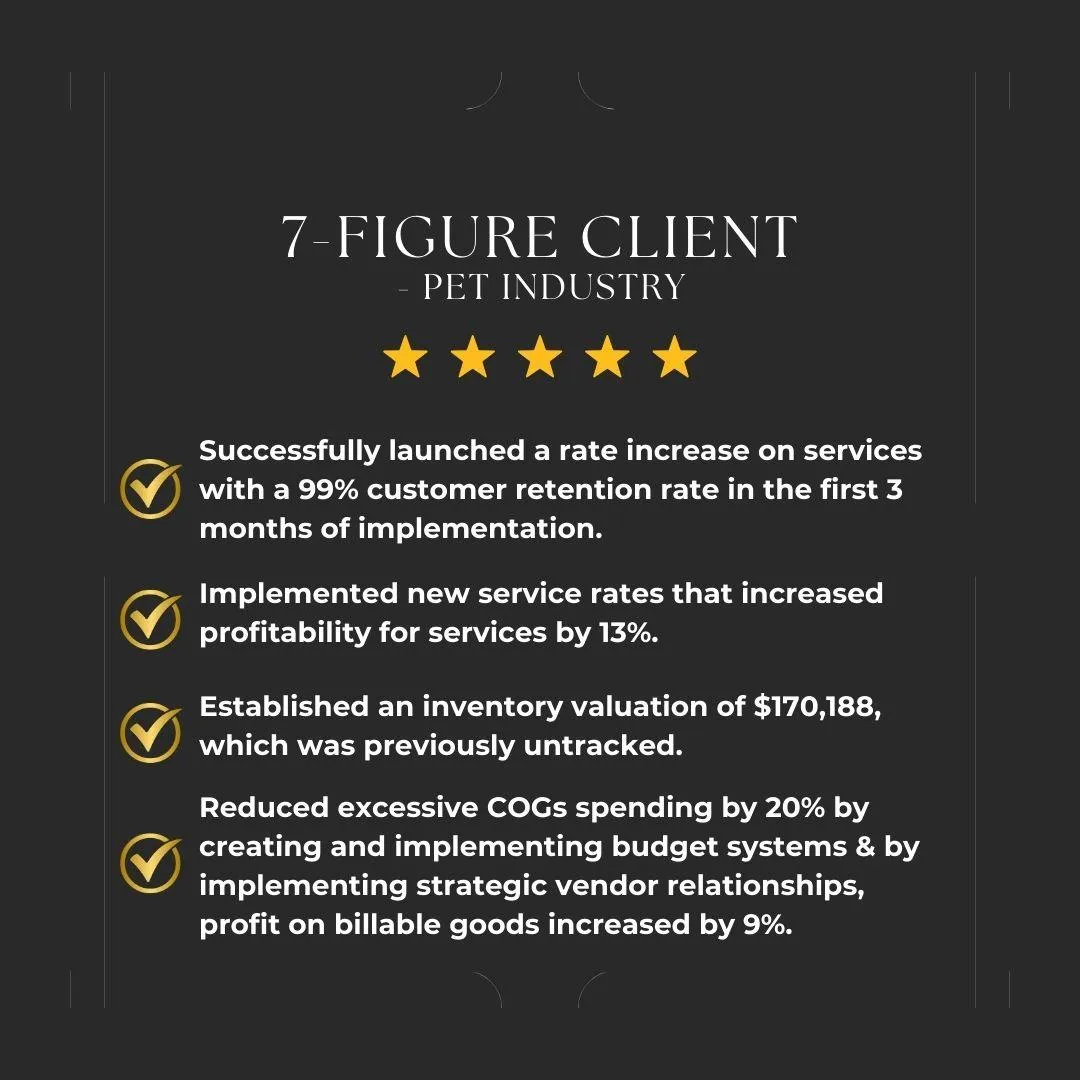See Our Latest Posts and News
Access our FREE Blog and Learning Library of content

When your Team Resists Change
When Your Team Resists Change
Business owners know that change is an essential part of growth. But what do you do when your team members resist change? How can you inspire them to get on board?
Many people fear change. Most people also acknowledge that not all change is bad, but still resist it. Even change that is positive has the potential to create temporary discomfort or turmoil, essentially upsetting the apple cart. You land a new job, you get a chance to move to a new city, your children get accepted into a college out of town, and you finally get to retire… all great things! But many people resist or even turn down offers and situations that can create positive change and happiness because they might temporarily cause uncertainty or discomfort. The underlying mechanism in those who demonstrate resistance to change is directly related to fear of the unknown. Change implies the death of the status quo and the emergence of a new reality that may not be clearly defined. To take advantage of a new job, in many cases, you have to give up the old one. To move to a new city, you must give up living in the old one. You get the idea. The giving up or adjustment period can be unsettling, even if the rewards are likely to be fulfilling and life-enhancing.
Company owners need to keep this in mind when striving for change within their companies. While improvements to company policies or processes, expansion, sales growth, or even company acquisitions can have an extremely positive impact on the health of the company and often operate in the best interests of the employees as a whole, it can cause temporary uncertainty that may weigh upon your team. Sometimes the manifestation of the weight of change is expressed as:
hesitation to the initiatives
persistent complaints or pushback
defiant behaviors
encouraging other employees to resist change
seeking employment elsewhere
What makes it even more challenging for team members is that they are often not in the driver’s seat of change. They are not always fully informed of the factors involved in calculating the risks of change, which could add to their stress. Employers must not only plan for change, but for the employee reaction to change. Sometimes employers fail to do this because they erroneously assume that, since in their mind the change is positive, it will be received positively by their staff.
To combat team member resistance to change, company owners would do well to build their change management strategies with an empathetic perspective. Here are a few tips:
As you are building your change management plan, consider how the changes might impact the individuals in each department and with varying levels of responsibility. Try to put yourself in their shoes and ask yourself what additional challenges it might pose for your team members, even if temporary. If you identify any anticipated pain points, do your best to minimize the impact in the planning period and before announcing the planned changes to your staff.
Build a strong network of open communication with staff members, both before announcing change and during the change process. Acknowledge that change can be a scary thing and share with them your reasonings for change with as much detail as you feel comfortable providing. Encourage them to communicate their concerns, and when they do, be sure to validate their feelings. Let them know you understand, that you have their backs, and that you will do the best you can to mitigate any potential negative impacts of change.
Reinforce each of your team members’ importance and value to the company. You’ll need their support to produce effective change, and they are the ones that might be impacted most on a day-to-day basis by the changes. Let them know you support them often and in a variety of ways. Communicate it verbally in team meetings, individually in-person, or via email when they have shown support for the initiatives, and in small kindnesses and perks. Do not underestimate the impact of acknowledging their support.
Address any anticipated pain points directly with your team members. Employers will often initiate change and hope for the best response from their staff, even knowing that it might potentially create more work or responsibilities for some team members, or cause stress in some other manner. If you acknowledge these pain points and do your best to support your staff in navigating the negative impact, they will, in most cases, work with you.
Incentivize change where you can. If you are expanding your product line to increase sales volume, or diversifying services, why not build in a monetary incentive for team members (based on their departmental performance) to support new sales? If new management is transitioning into place, why not create a company culture initiative based on workplace conscientiousness goals? There are a variety of creative ways that you can encourage employees to be more amenable to change.
Reward team members with the fruits of their efforts. If change has been carried out effectively, and your team has been supportive, please remember to reward them with acknowledgment, pay increases and bonuses (where possible), incentives, perks, etc. Acknowledgement does matter and so does everyone’s personal bottom line. Do your best to support it.
The goal of avoiding team member resistance to change involves proactive planning, not reactionary measures. Lead with empathy and follow through with support. If you do, your efforts will go a long way in ensuring that your change management plan is successful.
by Heather Richard
Above Par Business Solutions
Driving Growth, Amplifying Impact
Rachel B. - Business Owner, Fitness Industry

"Working with Heather has been an absolute blessing! From the very beginning, she helped me transform my business vision, taking me from where I was to where I want to go. Her support has been invaluable across many areas. We not only set clear, measurable goals for my business, but we also focus on the person I need to become within my business—how I show up and the actions I need to take to succeed. Each week, Heather guides me in setting achievable goals, and we focus on analyzing data to understand what's working and what isn't. This allows us to adjust and zero in on the right strategies to reach my goals. I'm incredibly grateful for her guidance and expertise!"

Ariel J. - Consultant, Professional Services

"AMAZING and PROFESSIONAL! Heather is an absolute pleasure to work with. She is professional, on time and courteous. She is always a step ahead and makes our meetings go much faster. She truly cares about her clients and wants the best for them. I highly recommend her."
Get In Touch
Email: [email protected]
Address
Office: Cincinnati, Ohio
Assistance Hours
By Appointment
Phone Number:
(513) 713-7801
Unleash Your Business Brilliance.
I help serious business owners and organizations generate more clients, close more sales, and increase their overall revenue and profits quickly and inexpensively


